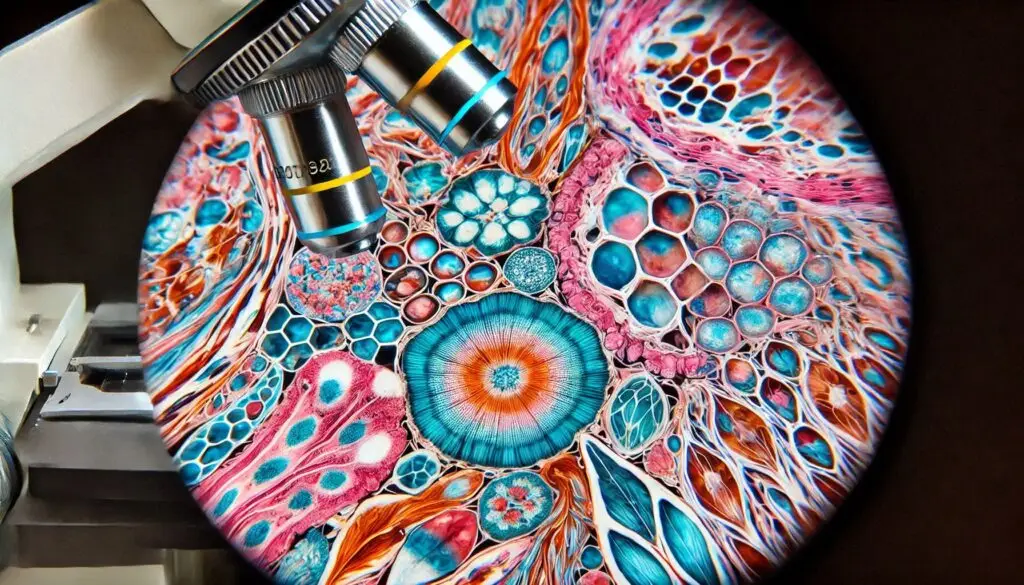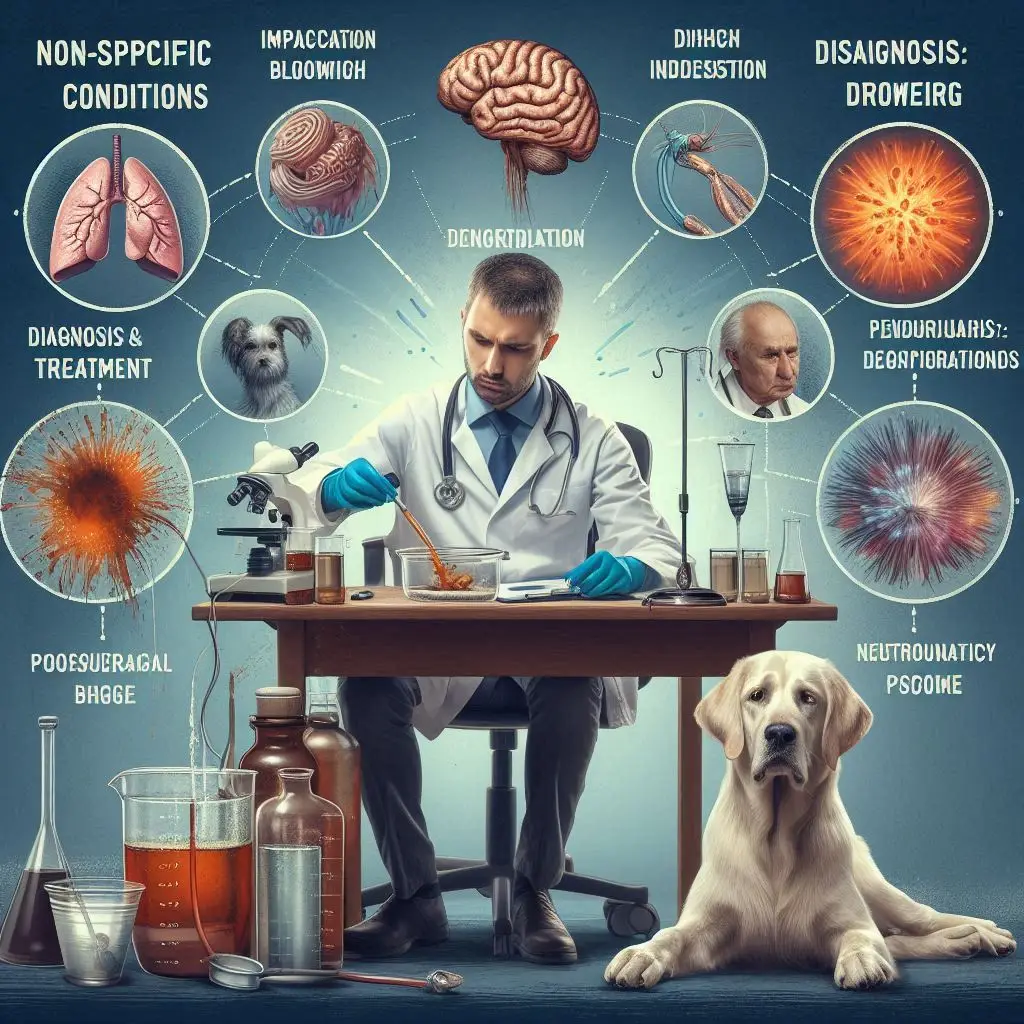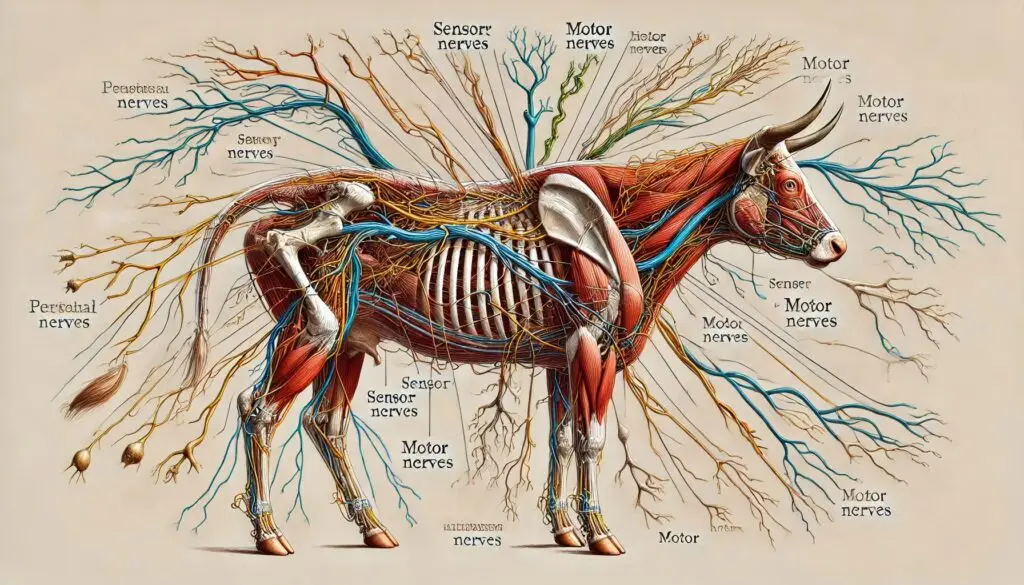Autoantibody Testing in Animals

Introduction
Autoimmune diseases in animals can be challenging to diagnose, especially when they affect the nervous system. However, autoantibody testing offers a valuable diagnostic tool to identify specific antibodies that attack the body’s tissues. This method is particularly useful in diagnosing autoimmune neurological disorders such as Guillain-Barré syndrome and myasthenia gravis. Understanding the role of autoantibody testing in veterinary medicine is crucial for early intervention, effective treatment, and improved outcomes for affected animals.
Guillain-Barré Syndrome in Animals: A Neurological Emergency
Guillain-Barré syndrome (GBS) is a rare but serious neurological condition that can occur in animals, particularly dogs. In this disorder, the body’s immune system mistakenly attacks the peripheral nervous system, resulting in muscle weakness and, in severe cases, paralysis.
The onset of GBS is typically sudden, with affected animals displaying weakness, difficulty walking, or even respiratory failure. Identifying GBS in animals can be challenging because many of the symptoms resemble those of other conditions, such as spinal cord injuries or infections. This is where autoantibody testing plays a critical role.
By detecting antibodies that target components of the peripheral nervous system, veterinarians can confirm the presence of GBS. In particular, testing for ganglioside antibodies associated with GBS can provide crucial information to make a definitive diagnosis. Early detection through autoantibody testing is essential for timely treatment and improved chances of recovery.
Learn more about Guillain-Barré syndrome in animals and its treatment
Myasthenia Gravis in Animals: Detecting the Root Cause of Muscle Weakness
Myasthenia gravis (MG) is another autoimmune disorder that affects the neuromuscular junction, where nerve cells communicate with muscles. In this condition, the body produces autoantibodies that attack acetylcholine receptors, the proteins responsible for transmitting nerve signals to muscles. This results in muscle weakness, fatigue, and in severe cases, difficulty breathing.
In animals, particularly dogs, MG is often diagnosed through autoantibody testing. By measuring the levels of acetylcholine receptor antibodies in the blood, veterinarians can confirm the diagnosis. A positive result, combined with the clinical signs of muscle weakness, can guide the development of a treatment plan.
The presence of these antibodies blocks nerve-muscle communication, making it difficult for the animal to perform even basic activities like eating or walking. In some cases, the condition can progress rapidly, making early detection through autoantibody testing critical to providing the best possible care.
Find more about Myasthenia Gravis in animals
Importance of Autoantibody Testing in Diagnosing Autoimmune Neurological Disorders
Key Benefits of Autoantibody Testing
- Early Diagnosis: Detecting autoantibodies in the blood allows for the early identification of autoimmune neurological disorders, which is crucial for initiating treatment before the condition worsens.
- Specificity: Autoantibody tests can identify antibodies that target specific components of the nervous system, providing a more accurate diagnosis. This helps veterinarians differentiate between autoimmune diseases like GBS and MG and other neurological conditions with similar symptoms.
- Guided Treatment: A positive autoantibody test result gives veterinarians valuable information to tailor treatment plans for affected animals. Knowing the exact autoimmune disorder helps in selecting the most appropriate therapy, which may include immunosuppressive drugs, intravenous immunoglobulin therapy, or even plasma exchange.
- Non-invasive: Unlike other diagnostic methods, such as biopsies or imaging, autoantibody testing is non-invasive. A blood sample is all that is required to detect the presence of these antibodies, making the procedure less stressful for the animal.
Autoantibody testing in veterinary diagnostics
How Autoantibody Testing Works in Veterinary Medicine
Process of Autoantibody Testing
- Blood Sample Collection: A blood sample is taken from the animal, typically from a vein in the leg or neck.
- Laboratory Analysis: The blood sample is analyzed in a laboratory using specific assays designed to detect antibodies against nerve or muscle components.
- Interpretation of Results: The presence of specific antibodies, such as ganglioside antibodies for GBS or acetylcholine receptor antibodies for MG, confirms the diagnosis. The results are reviewed alongside the animal’s clinical symptoms to determine the appropriate treatment.
Learn more about autoantibody testing
Treatment Options for Autoimmune Neurological Disorders in Animals
Once a diagnosis is confirmed through autoantibody testing, treatment can begin. The goal of treatment is to reduce the immune system’s attack on the nervous system and manage symptoms. Treatment options for Guillain-Barré syndrome and myasthenia gravis in animals may include:
- Immunosuppressive Medications: Drugs like corticosteroids, azathioprine, or cyclophosphamide may be used to suppress the immune system and reduce inflammation.
- Intravenous Immunoglobulin (IVIG): IVIG therapy involves administering high doses of immunoglobulins to help neutralize the harmful antibodies attacking the nervous system.
- Plasma Exchange: This procedure removes antibodies from the blood, helping to reduce the immune response.
In addition to these treatments, supportive care such as physical therapy, assisted feeding, and respiratory support may be required depending on the severity of the condition.
Explore treatment options for autoimmune diseases in animals
Challenges in Diagnosing Autoimmune Neurological Disorders
Diagnosing autoimmune neurological disorders in animals can be difficult, especially when symptoms overlap with other conditions. Conditions like spinal cord injuries, infections, and metabolic disorders can mimic the signs of Guillain-Barré syndrome or myasthenia gravis, making it challenging to pinpoint the exact cause.
Autoantibody testing helps address this challenge by providing a specific, reliable method for identifying autoimmune conditions. However, the accuracy of the test depends on the quality of the laboratory assays used and the experience of the veterinarian interpreting the results. This is why it’s important to work with a veterinary neurologist or specialist when dealing with complex neurological cases.
More on diagnosing neurological conditions in animals
Conclusion
Autoantibody testing plays a pivotal role in diagnosing autoimmune neurological disorders in animals. By detecting antibodies that target the body’s own tissues, this testing helps confirm conditions like Guillain-Barré syndrome and myasthenia gravis. Early detection through autoantibody testing allows for timely intervention and more effective treatment, improving the quality of life for affected animals. With continued advancements in veterinary diagnostics, the future looks promising for animals suffering from autoimmune neurological diseases.
More From Animal Diseases:
Stroke in Animals






Responses